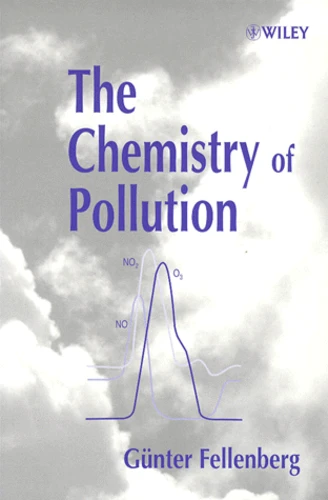The Chemistry of Pollution
Par :Formats :
- Paiement en ligne :
- Livraison à domicile ou en point Mondial Relay indisponible
- Retrait Click and Collect en magasin gratuit
- Réservation en ligne avec paiement en magasin :
- Indisponible pour réserver et payer en magasin
- Nombre de pages192
- PrésentationBroché
- Poids0.31 kg
- Dimensions15,2 cm × 22,9 cm × 1,3 cm
- ISBN0-471-98088-9
- EAN9780471980889
- Date de parution01/01/2000
- ÉditeurWiley
Résumé
During the past years, it has been shown that the results of many reactions in the environment have led to the degradation or detoxification of environmental pollutants. The chemical aspects of environmental pollutants have therefore begun to take on great significance.
The Chemistry of Pollution provides an excellent overview of the important chemical aspects of pollution occurring in the atmosphere, in water and in soil.
Presented in the book are:
* commonly known harmful substances, such as carbon monoxide, heavy metals, and sulfur dioxide
* toxins in food and basic consumer goods
* radioisotopes, such as plutonium and uranium.
The multiplicity of environmental problems is demonstrated through the use of examples showing their relation to biochemical processes, toxicology, climate, ecological aspects and other adjacent sciences.
This book is not only for students of chemistry, but is also an ideal reference book for those interested in the chemical principles of environmental pollutants.
During the past years, it has been shown that the results of many reactions in the environment have led to the degradation or detoxification of environmental pollutants. The chemical aspects of environmental pollutants have therefore begun to take on great significance.
The Chemistry of Pollution provides an excellent overview of the important chemical aspects of pollution occurring in the atmosphere, in water and in soil.
Presented in the book are:
* commonly known harmful substances, such as carbon monoxide, heavy metals, and sulfur dioxide
* toxins in food and basic consumer goods
* radioisotopes, such as plutonium and uranium.
The multiplicity of environmental problems is demonstrated through the use of examples showing their relation to biochemical processes, toxicology, climate, ecological aspects and other adjacent sciences.
This book is not only for students of chemistry, but is also an ideal reference book for those interested in the chemical principles of environmental pollutants.

